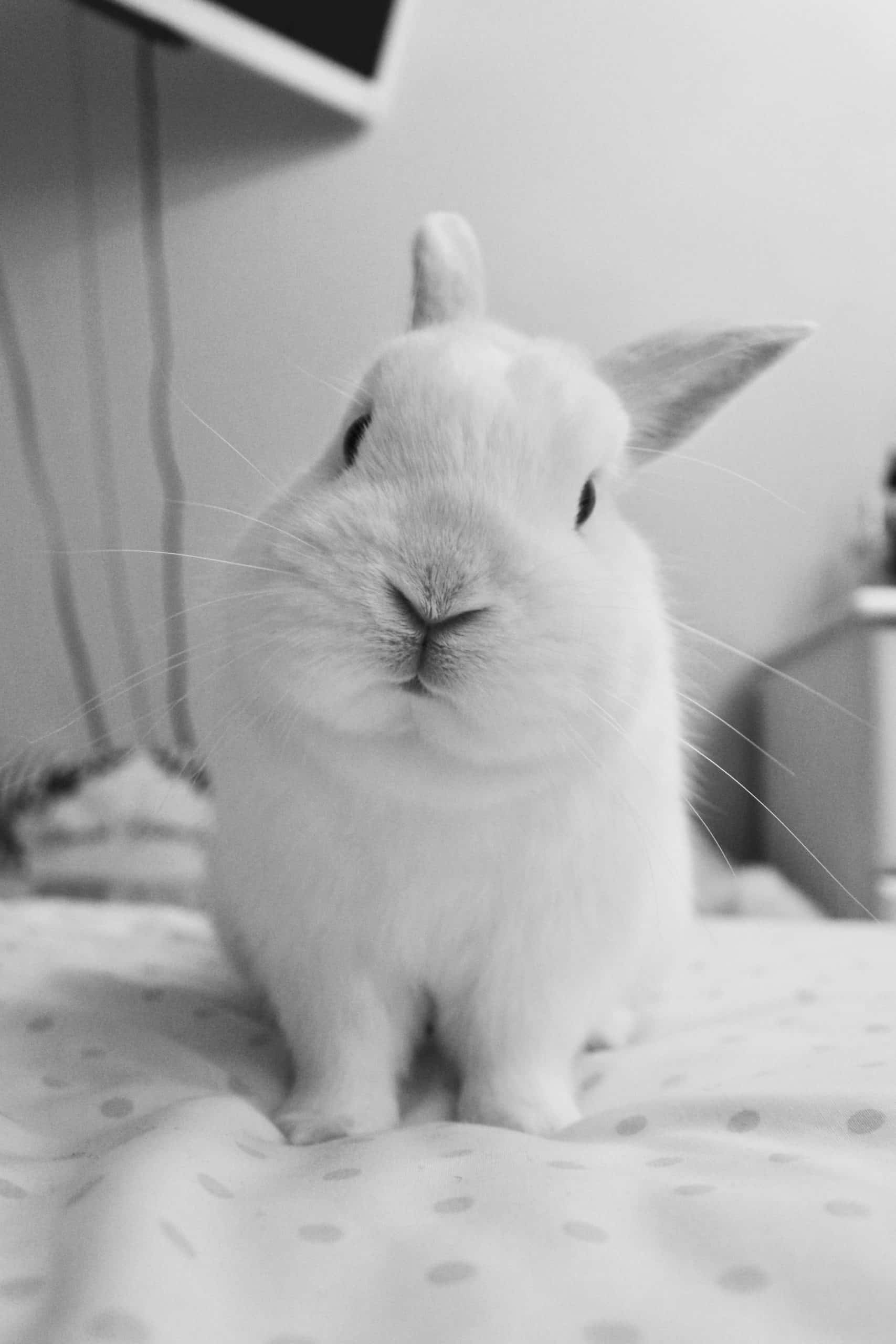Guinea pigs, also known as cavies, are small, social animals often kept as pets. They are renowned for their playful nature, soft hair, and cute, round bodies. Like all animals, they require proper care and attention. One aspect of this care is the routine trimming of their nails. If left unattended, their nails can grow too long, causing discomfort and even pain. However, many guinea pig owners face a common challenge: how to trim the nails of a sensitive guinea pig without causing stress. Let’s walk through this step by step, and by the end of it, you will be equipped with the knowledge and confidence to keep your guinea pig’s nails at a comfortable length.
Understanding Your Guinea Pig
Before you start the actual nail trimming process, it is vital to gain a thorough understanding of your pet. Guinea pigs, despite being small animals, have unique personalities and temperaments. Some might be more sensitive than others, reacting nervously to new experiences. Hence, you need to take time to observe your pet and understand its behavior.
A lire en complément : What Are the Best Practices for Acclimating a Dog to a Newborn Baby’s Scent Before Arrival?
Remember, patience is key. Rushing the process, especially with a sensitive cavy, can result in increased stress levels for both the pet and the owner. One wrong move can not only cause physical harm but also create a lasting fear that might make future nail trimming sessions difficult.
Preparing for the Nail Trimming Session
The preparation step is as important as the actual nail trimming process. Gather all the necessary tools, such as a guinea pig nail clipper and styptic powder (in case of accidental nail quick cuts). Make sure to have a comfortable, well-lit environment where you and your pet won’t be easily disturbed.
Dans le meme genre : How to Choose the Right Size and Shape of a Wheel for a Syrian Hamster?
While rabbits and guinea pigs both belong to the rodent family, they have different needs. Unlike rabbits, guinea pigs are more sensitive and require more gentle handling. They also don’t necessarily enjoy being held for long periods, so consider taking short breaks in between each nail.
The Nail Trimming Process
Now comes the actual nail trimming process. Hold your guinea pig gently but firmly. If your guinea pig feels secure, it is less likely to squirm or try to escape. Start by identifying the ‘quick’ in each nail. This is the blood vessel that runs through the nail. If you cut into this, it can cause pain and bleeding.
To avoid cutting the quick, aim to cut just the tip of the nail. If their nails are dark, you may need a flashlight to help identify the quick. If you do accidentally cut into the quick, don’t panic. Apply some styptic powder to stop the bleeding and reassure your pet. Remember, it’s a learning process that requires patience and understanding.
Aftercare and Regular Maintenance
After the nail trimming session, reward your guinea pig with a treat or their favorite fruit, like a slice of watermelon. This will help associate nail trimming with positive experiences.
Regular maintenance is crucial to avoid the nails becoming too long. Monitor your guinea pig’s nails regularly, and aim to trim them every 4-6 weeks. Providing them with rough surfaces, like a stone or a piece of wood, can also help naturally wear down their nails.
Importance of Proper Diet and Hydration
A balanced diet and proper hydration are crucial for healthy nails and overall well-being of your guinea pig. Ensure your pet is getting a range of nutrients, including Vitamin C, which is essential for guinea pigs. They can’t produce it on their own like humans or other animals, so they need it in their diet.
Hydration, too, is vital for your pet’s health. Always keep fresh, clean water available for them to drink. Dehydrated guinea pigs can suffer from brittle nails which can break easily, making the nail trimming process even more difficult.
Remember: no matter the task at hand, always approach it with kindness, patience, and love. Caring for a guinea pig or any pet isn’t always easy, but the emotional bond you create is worth every effort.
Emphasising on Comfort While Trimming
For long haired guinea pigs or those with sensitive temperaments, comfort should be your top priority. Making the process as stress-free as possible can make a significant difference in how your pet perceives nail trimming.
During the whole process, it’s important to hold your guinea pig in a comfortable position. Many cavies like to be held close to the body. You can also use a soft towel to wrap your pet, leaving out only the foot you’re working on. This not just offers a sense of security but also gives you better control while trimming.
Try to talk to your cavy in a calm, soothing voice throughout the process. This can help them relax and feel less anxious. If your guinea pig seems too scared or distressed, stop and try again later or on another day. Never force the process as this can create a negative association and make future trims more difficult.
Keep in mind that guinea pigs are naturally prey animals. Thus, they’re always on alert for potential threats. If your guinea pig feels threatened or scared, it might bite or scratch in self-defense. So, always approach with care and patience.
Recognising the Importance of Regular Vet Check-ups
In addition to regular nail trims, it’s essential to schedule regular vet check-ups for your guinea pig. Professionals can not only help with nail trims but also monitor the overall health of your pet.
Experienced veterinarians can spot the earliest signs of potential health issues like weight loss, dental problems, and skin conditions. They can also provide valuable advice on guinea pig care, including diet, exercise, and grooming. It’s always a good idea to discuss any concerns or questions you have about your guinea pig’s health and behavior with your vet.
Remember, your pet’s health and comfort should always be your top priority. By providing good care, including a balanced diet, plenty of hydration, regular exercise, and proper grooming, you can ensure your guinea pig leads a happy, healthy life.
Conclusion
Trimming your guinea pig’s nails can be a challenging task, particularly with sensitive cavies. However, with patience, careful handling, and the right tools, it can be accomplished without causing undue stress to your pet. Combining nail trims with rewards, regular vet check-ups, and proper diet and hydration, ensures your pet stays comfortable and maintains good health.
Remember, the bond built through such care routines can be incredibly rewarding. Every effort put into ensuring the well-being of your pet is a step towards a stronger, deeper bond. After all, the ultimate reward is having a happy, healthy, and stress-free guinea pig.






